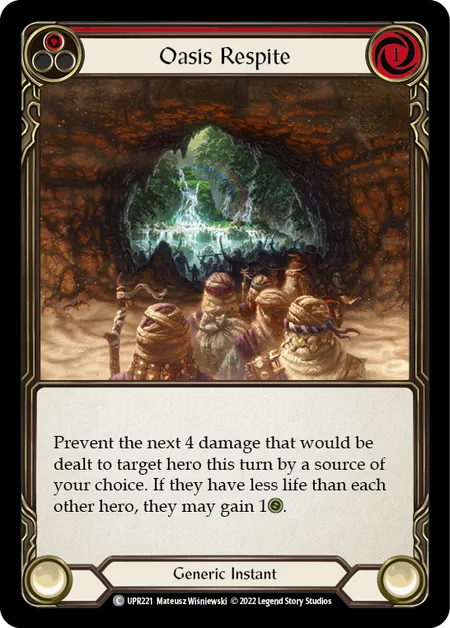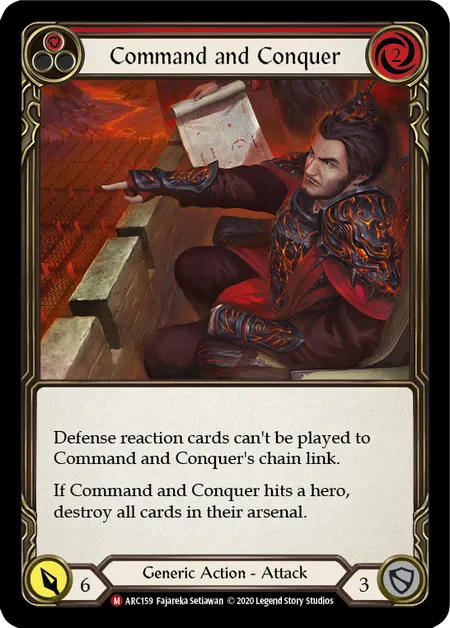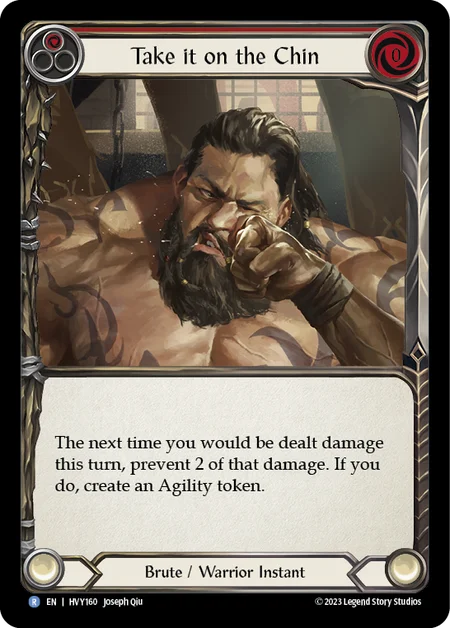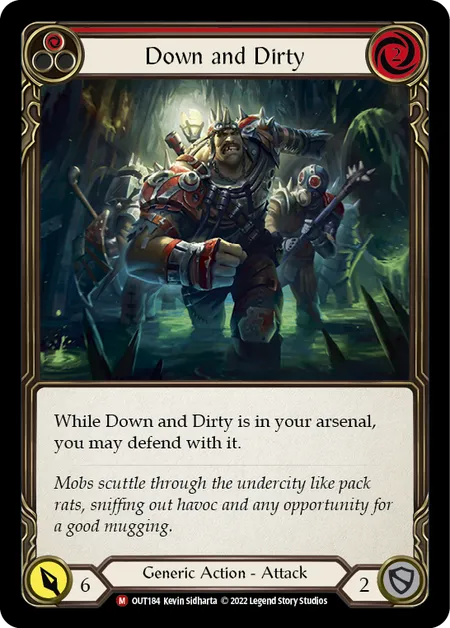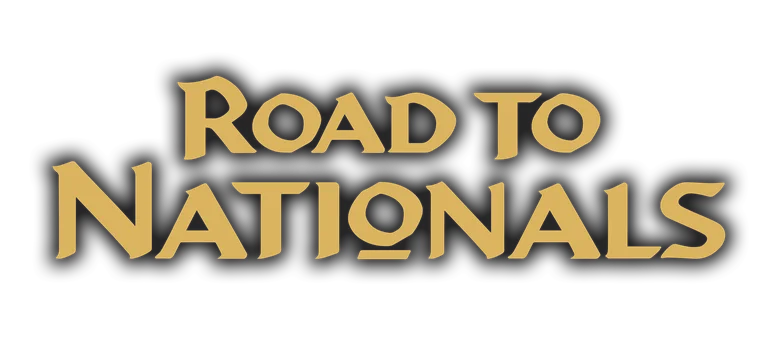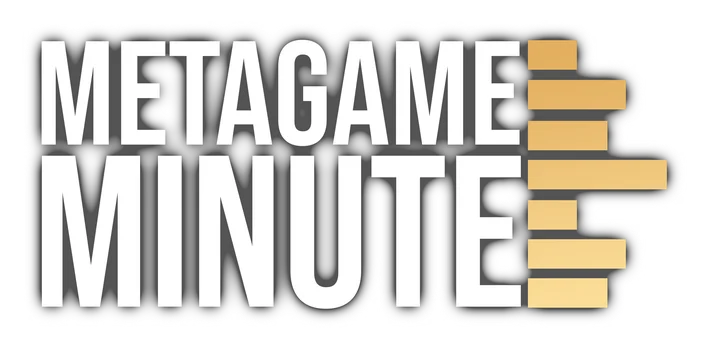Play like a boss with Primed to Fight, where we reel in pro players to share their expertise on various aspects of competitive Flesh and Blood! Today we have Pankaj Bhojwani, AKA EthnicSmoke, teaching us how to tackle a diverse metagame with limited sideboard space!
We're in the thick of Road to Nationals season, and with what is looking to be one of the most open formats we have ever had (funny how we say that every season), sideboard slots seem to be getting tighter. It can be quite agonizing to figure out how to maximize your sideboard space effectively (surely 1 Arcane Barrier is enough?). Not everyone has the luxury to pivot between decks on a whim, so instead of telling you what heroes to play I want to discuss what tools you can use to make these important deck slot decisions for the hero you have already decided to play.
Note that while these concepts can help you gain edges in deckbuilding, they are not a substitute for actual reps in the matchups that you are concerned about! Think of it as a supplement to your matchup experience.
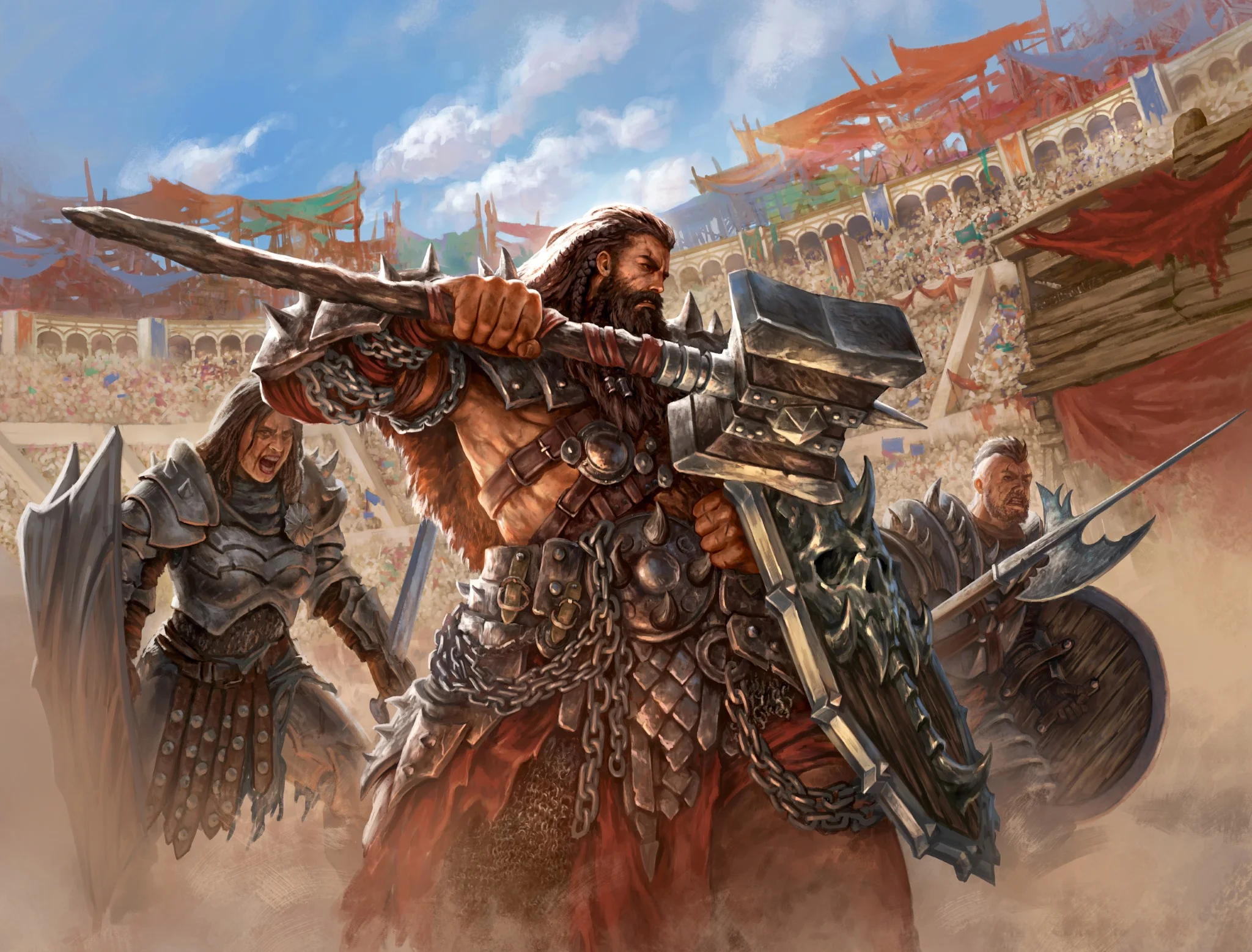
Know your Locals
The first order of business is to know your locals, since they will be the majority of your opponents over the course of the tournament. Thankfully a lot of Road to Nationals are happening simultaneously so you won’t have to deal with world travelers like Brodie Spurlock suddenly showing up to spike your event. Unless of course he is your local, in which case, good luck.
If you have attended some of the Armory Events in your area recently, you should have a rough idea of the meta you can expect when you go to your local Road to Nationals. This is a crucial piece of the puzzle you need in order to decide how many sideboard slots to dedicate to which matchups. For example, there’s little point to include Smashing Performance in your Kayo deck if no one in your area plays Mechanologist, even if your favorite deck tech video did so.
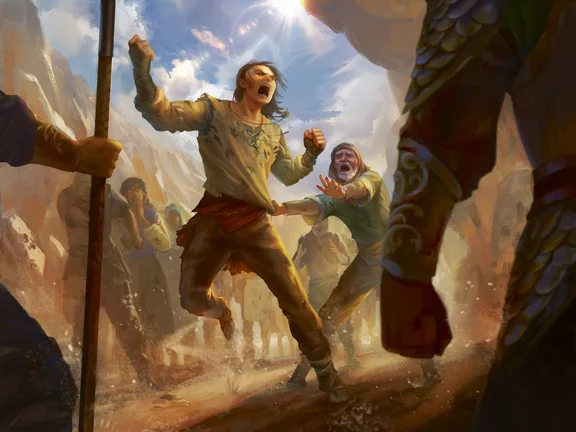
(Pictured above: some of my locals, colorized)
Expected Value
Once you have the lay of the land, it’s time to explore the concept of expected value when it comes to including a specific card for a specific matchup. The two main factors to consider here are:
- How likely are you to face this matchup?
- How much equity does this sideboard card actually add to that matchup?
Obviously these are hard to quantify exactly, but it is vital to consider both. We have all heard someone say “oh I definitely need this Spellvoid piece and two Oasis Respites for our local Kano player”. But how valid is this reasoning? We’ll answer this question using the framework laid out above.
Suppose for the sake of argument that adding the extra Spellvoid and Oasis Respites significantly improves your Kano matchup (yes, Kano players, I know this isn’t always true, but that’s not the point here). Suppose that by your estimate, your win rate into Kano increases from 20% to 50% with the inclusion of those cards. A 30% increase seems amazing for just three sideboard slots right?
Well here's where the first factor - matchup likelihood - comes into play. If there's only one Kano player in your area, your chance of actually facing that opponent in a 32-person Road to Nationals is incredibly small. Remember that you only get the expected 30% increase if you actually encounter that matchup. At the same time, in every other matchup where those pieces are collecting dust in your deck box, it is very likely that you would have been better off had you used those slots for other cards (the term 'opportunity cost' comes to mind).
So that being said, if your local meta is mostly comprised of Ninjas, Brutes, and Rangers - with that Kano player somehow in the midst of it all - you are probably better off including three copies of Command and Conquer in your sideboard instead. While Command and Conquer might not increase your win percentage in each of those matchups as much as the Spellvoid and Oasis Respites would into Kano, the fact that you are using them much more frequently makes them more valuable as sideboard slots.
After all, remember that you can lose one game and still make the top cut. In five rounds of swiss with 32 players, you’re guaranteed to Top 8 with a record of 4-1 or better, and the fact of the matter is that you are more likely to achieve that record if you have four 60% matchups and one 20% matchup, rather than five 50% matchups.
The numbers above are exaggerated for the sake of illustration. Nonetheless, I encourage you to come up with rough estimates and compare your increase in matchup equity against the matchup likelihood, to determine where you should be dedicating your sideboard space.
Overlapping
Another concept when it comes to sideboarding is what I like to call 'overlapping' cards. These are cards that maybe aren’t the best tech for a specific matchup, but increase your matchup equity a smaller amount across several matchups, allowing you to conserve sideboard slots. Astute observers will notice that the Command and Conquer example above serves as an overlapping card, since it helps you against aggressive decks while also being a popper against Illusionist.
There are many examples of such overlapping cards, and in my opinion this is where you can flex your creative deck building skills the most. Here are some examples that illustrate this concept:
Class/Hero specific
- Brute/Warrior: Take It on the Chin helps you into Ninjas and Warriors as a pseudo defense reaction that does not trigger reprise, and also gains you some equity into Kano.
- Azalea: If you’re expecting a lot of Assassin and Prism (some difficult matchups for you), Tarpit Trap is a helpful tool into both those matchups.
Generic
- Down and Dirty: A great card against Illusionist since it is a popper you can arsenal. It is also a potential tech piece into Azalea since not only can you block with it from arsenal against dominate, it is also targetable by Codex of Frailty, allowing you to defend with it immediately.
- Ripple Away: Depending on your deck, exchanging a card from your hand can be great value against Cast Bones (reducing the number of Might tokens generated by 1 and guaranteeing that no Agility token is created), Codex of Frailty (taking away their Ponder token and, if timed correctly, allowing you to dodge the discard effect since your hand is already empty), and Rake the Embers (reducing the ash generated from the effect to 0, and ensuring that two Aether Ashwings at most can be created).
The possibilities for overlapping cards are vast, and I encourage you to explore your hero’s card pool to find the spicy tech you need for your local meta.
A wide open meta is both a blessing and a curse. A blessing because you can play almost whatever you want and find success, but a curse because it can be incredibly overwhelming to make effective deckbuilding decisions. I hope this session of Primed to Fight gave you some direction in maximizing your 80 cards to have the best chance of obtaining that Nationals invite. Good luck, and have fun!

